Understanding Unwelcome Thoughts And Emotions
Unwelcome thoughts and emotions are sudden, unexpected ideas that pop into your mind. They can feel unsettling, uncomfortable, and sometimes amusing.
They can look like:
It’s normal to have these thoughts from time to time. But when they become frequent or difficult to manage, they can start to disrupt your daily life.
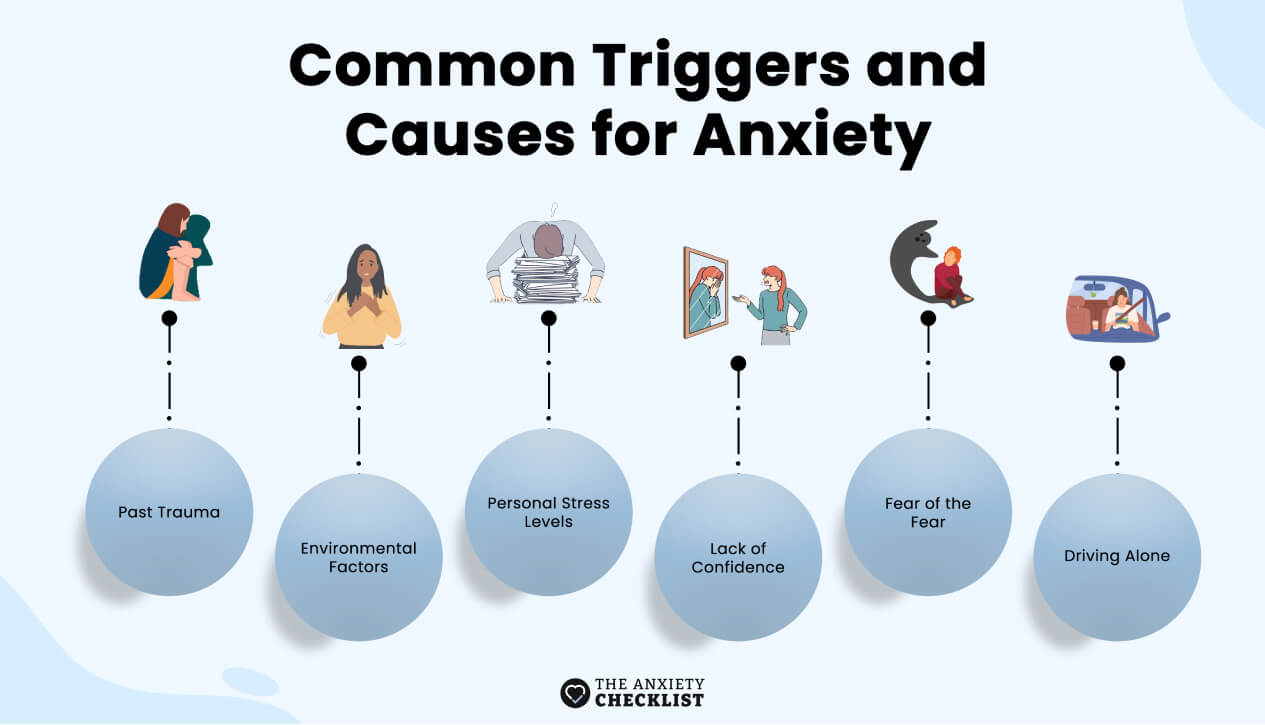
Knowing when to talk to a mental health professional can make a big difference in protecting your well-being and finding relief. The challenge is, it’s not always easy to recognize when it’s time to seek help.
One important distinction is that thoughts triggered by everyday stress are different from intrusive thoughts. Here’s how they compare:
The same applies to emotions. Feeling nervous before a big event or sad after a loss is a normal reaction. When emotions become constant, extreme, or disconnected from your current situation, they may indicate a deeper issue.
Understanding the difference between these unwelcome thoughts and emotions can help you recognize when to talk to a mental health professional.
Is anxiety holding you back from the life you deserve?
When Do Unwelcome Thoughts Become Concerning
Unwelcome thoughts and emotions become concerning when they:
Recognizing these patterns early allows you to receive the right help before things become more challenging to manage.
These patterns may indicate mental health conditions, such as:
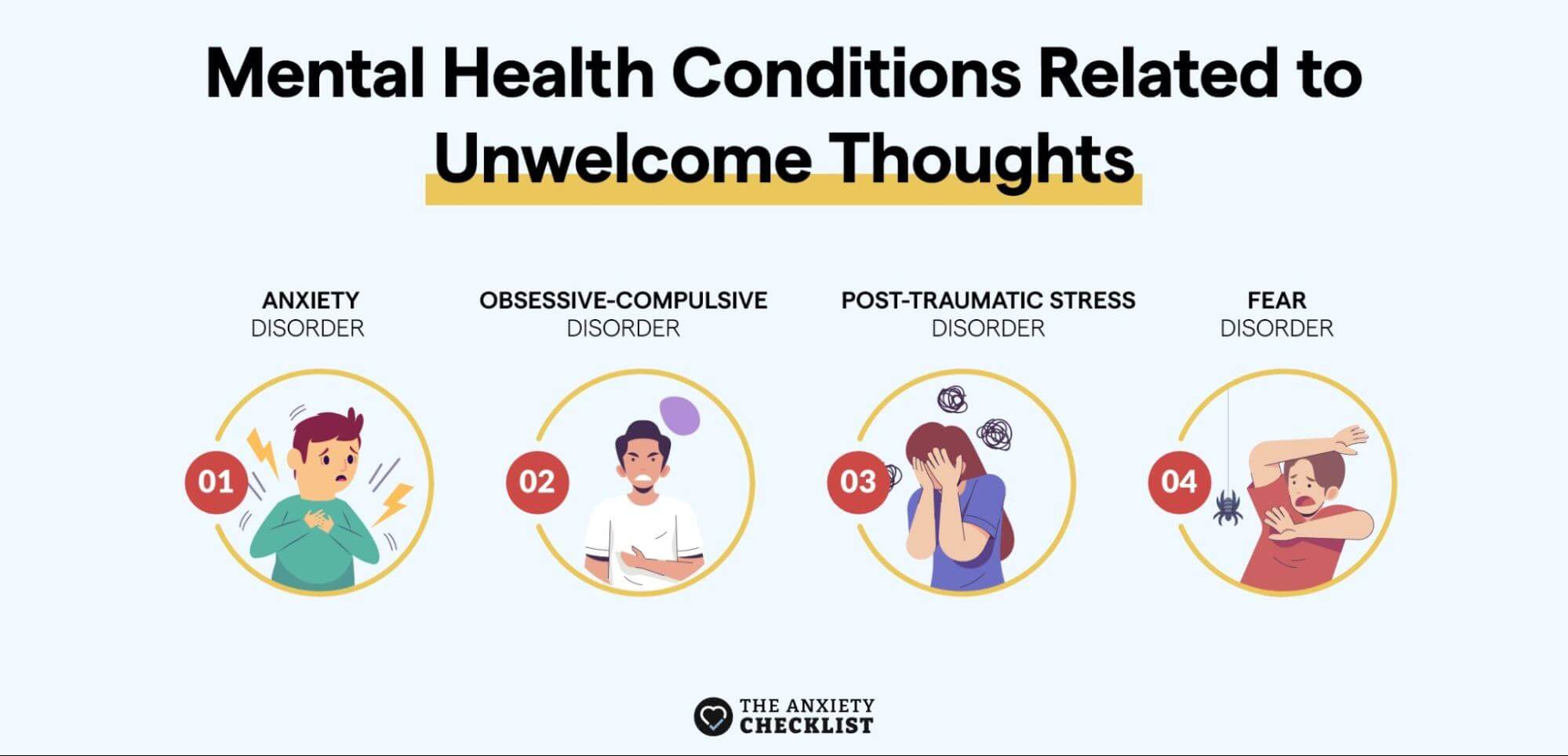
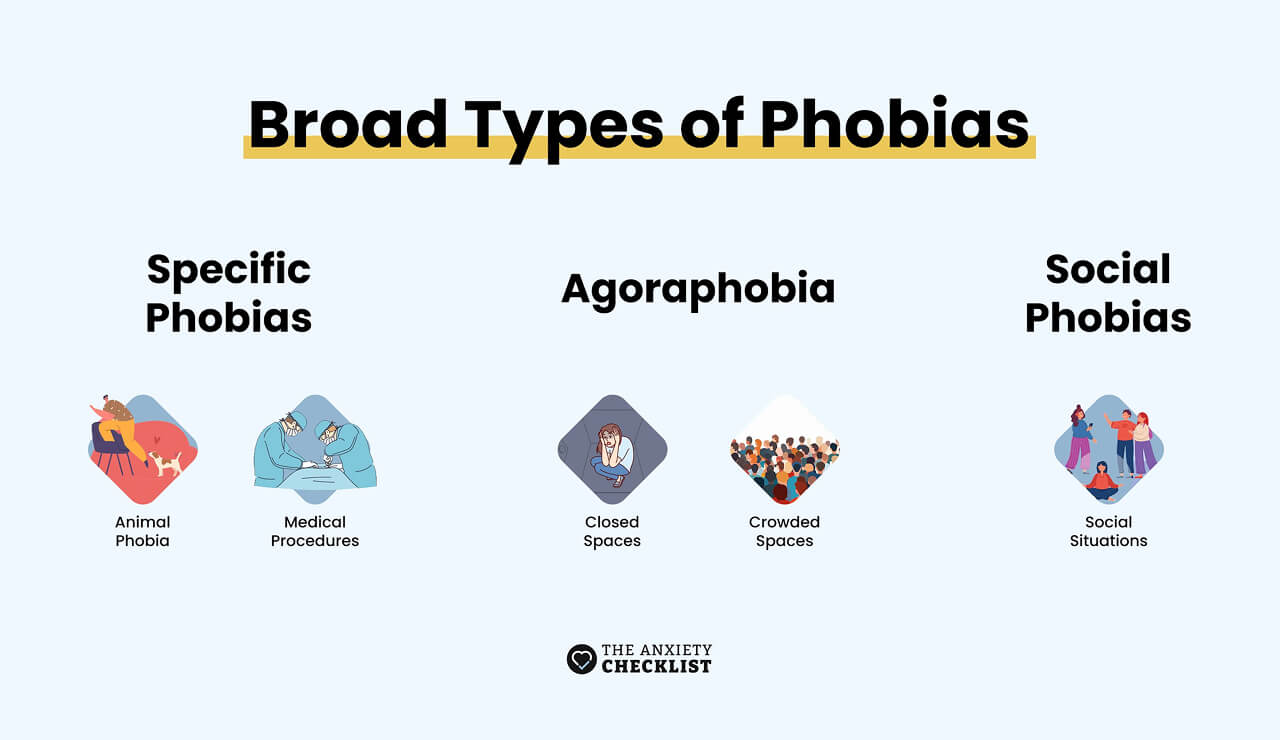
When to Talk to a Mental Health Professional About Unwelcome Thoughts
It’s essential to talk to a mental health professional about your unwelcome thoughts or emotions. However, knowing when to seek help isn’t always easy.
Here are some signs to look for:
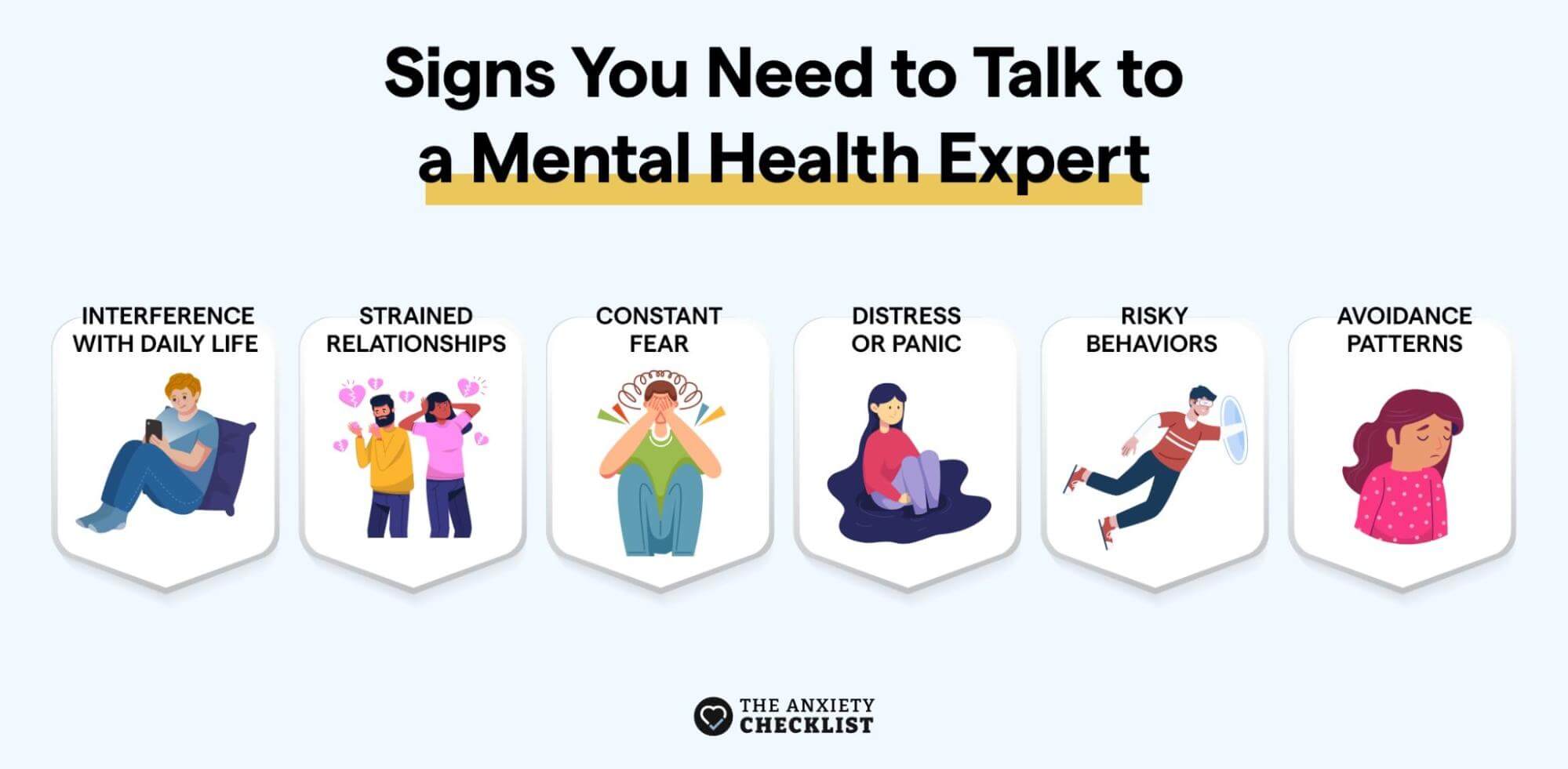
Early support can help you manage unwelcome thoughts and emotions before they worsen. When you talk to a mental health professional, they can help you identify triggers, provide coping cards for anxiety, and create a plan to improve your well-being.
It’s important to understand that anxiety disorders come in different forms. Equally important is recognizing the difference between seeking help early and waiting until things escalate into a crisis.
Here’s how to tell the difference:
When you talk to a mental health professional, it doesn't make you weak. In fact, it shows strength that you’re taking steps to get back control and improve your mental health.
The Role of a Mental Health Professional
When your thoughts or emotions feel too overwhelming to handle alone, it’s time to talk to a mental health professional.
There are different mental health professionals available. Each plays a unique role in diagnosis, treatment, and support.
Here are some mental health professionals to talk to about unwelcome thoughts and emotions:

These professionals offer support in various yet complementary ways. They can:
The right professional works with you to develop strategies that suit your needs, lifestyle, and the intensity of these unwelcome thoughts and emotions.
Managing Intrusive Thoughts on Your Own
Trying to manage intrusive thoughts on your own can feel nearly impossible, especially with the pressures of modern life problems. With the right self-help strategies, you can reduce these unwelcome thoughts and regain control.
The following can help you manage unwelcome thoughts and emotions on your own.
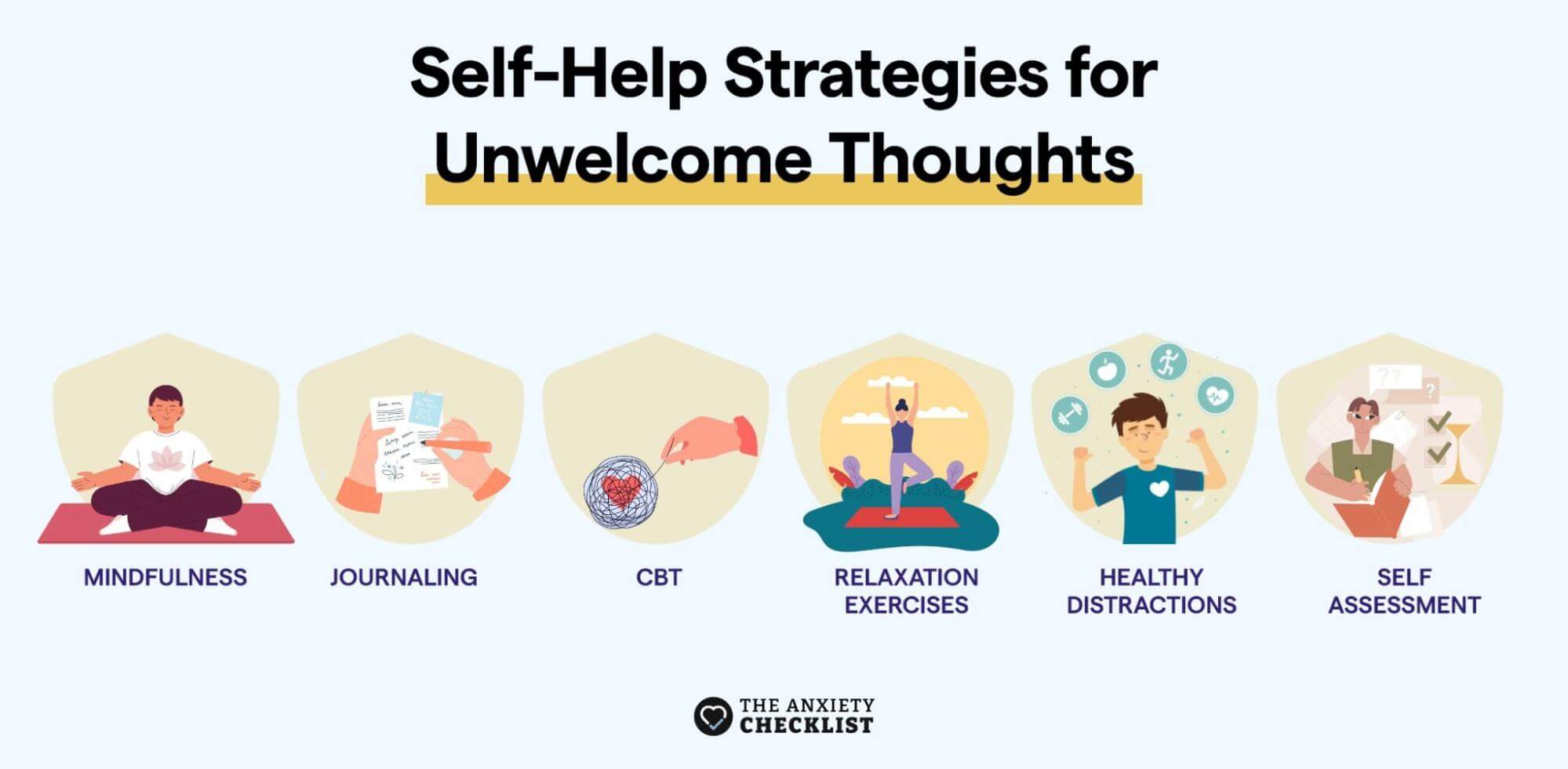
Meditation and Mindfulness
Practicing meditation and mindfulness can help quiet your mind and lessen the grip of unwelcome thoughts and emotions.
Journaling
Writing your thoughts down can help get them out of your head. A daily journaling habit gives those thoughts a place to go instead of letting them loop endlessly in your mind.
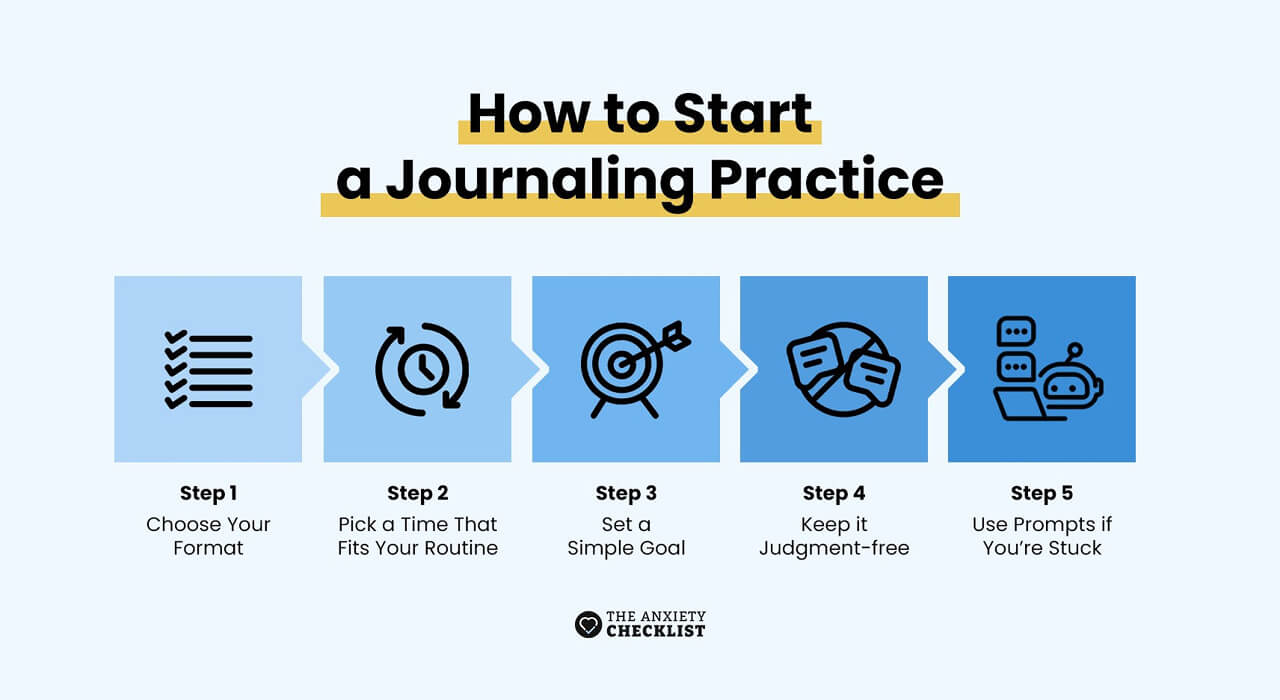
Cognitive Behavioral Therapy (CBT)
Learn to question and reshape negative thoughts so they don’t take over. Understanding CBT can help you challenge these intrusive thoughts and emotions.
For example, if you often think, “Something bad will happen if I leave the house,” you can test this belief against reality. Also, replace these with a positive statement, like “It’s safe to step outside, even if I feel anxious.”
Here’s how you can use it.
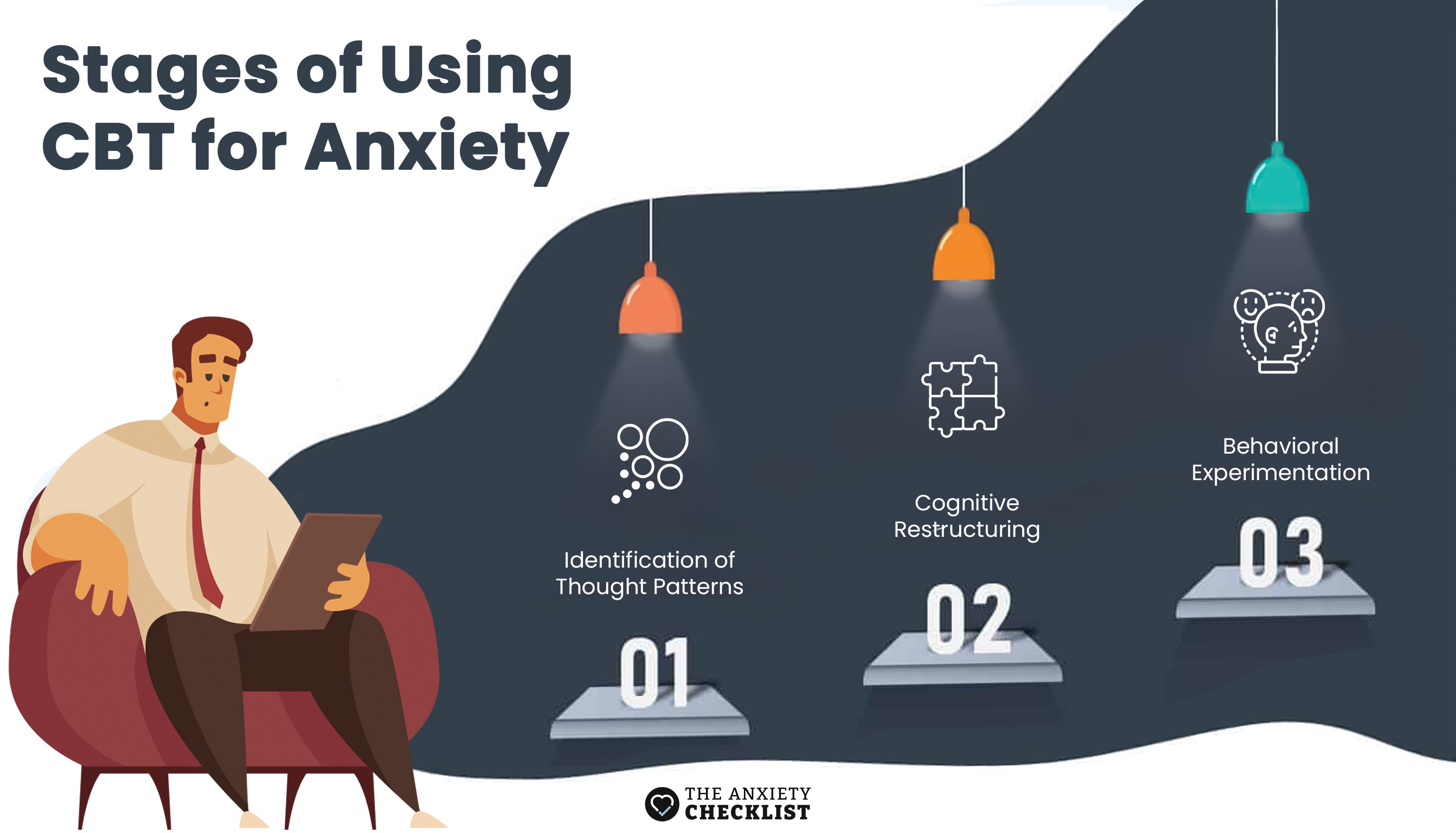
Relaxation Exercises
Simple techniques like deep breathing, listening to calming sounds (like binaural beats), or using guided imagery can help settle your nervous system. For example, you can try the 4-7-8 breathing technique during an anxious episode to calm down and refocus.
Healthy Distractions
Sometimes doing something you enjoy can quiet unwelcome thoughts and emotions. Go for a walk, solve a puzzle, listen to music, or talk to someone you trust.
Self Assessment
Taking an online anxiety self-assessment can help you notice patterns in your thoughts and emotions.
While these aren’t official diagnoses, they can give you a better idea of what’s going on. They can also help you know when it might be time to talk to a mental health professional.
The following clinically validated test assessments can help:
Self-help can be effective, but it has limitations. You can combine self-help strategies with professional support for long-term improvement.
How to Start the Conversation With a Mental Health Professional
Knowing when to talk to a mental health professional is the first step to recovery. However, actually starting the conversation can be tough.
It’s normal to feel nervous, unsure, or even embarrassed about opening up.
Here are a few ways to make the conversation easier:
Overcoming Stigma and Fears About Seeking Help
Many people delay seeking support from mental health professionals because of fear or stigma. They worry about being judged, appearing weak, or being labeled as “overly sensitive.”
These misconceptions can prevent you from seeking the help you need, even when unwelcome thoughts and emotions begin to impact your daily life.
Talking to a mental health professional does not make you weak. It shows self-awareness, courage, and a commitment to improving your well-being.
Mental health is just as important as physical health. Reaching out early can prevent problems from escalating, build coping skills, and improve overall quality of life.
Frequently Asked Questions
Unwelcome thoughts and emotions are those random ideas or images that pop into your mind without warning.
They can be disturbing, uncomfortable, or simply odd. Sometimes they bring guilt or anxiety, leaving you wondering, “Why did I even think that?”
It’s a good idea to talk to a mental health professional if these unwelcome thoughts and emotions start to take over your life.
For example, when these thoughts:
That’s usually a sign that it’s more than just everyday stress, and talking to a professional could really help.
Sometimes, mild intrusive thoughts can fade with time, self-care, and stress management.
You can talk to a mental health professional if they persist or start to affect your daily activities.
Feeling nervous or scared to talk to a mental health professional is a normal reaction.
Here’s what to do:
Not at all. Most people have intrusive thoughts from time to time, and it doesn’t always mean something is wrong.
They only become a concern if they’re constant, upsetting, or start interfering with your life. Talk to a mental health professional if you’re unsure.
Conclusion
Previous Article
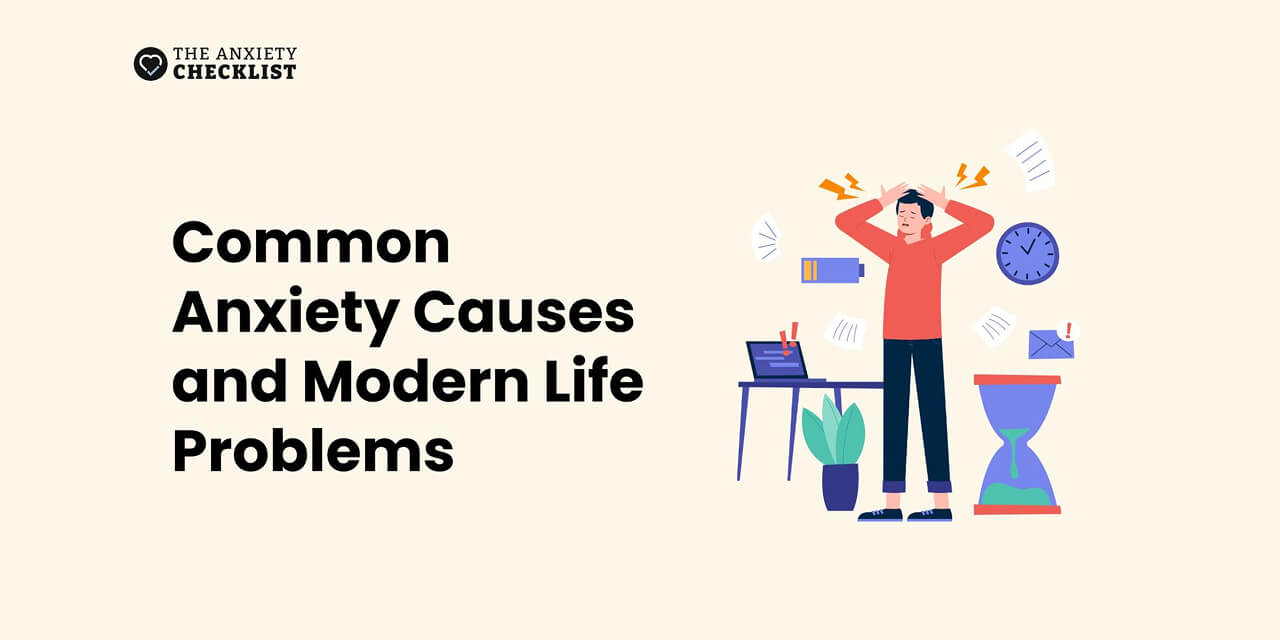
19 Common Anxiety Causes and Modern Life Problems
Next Article
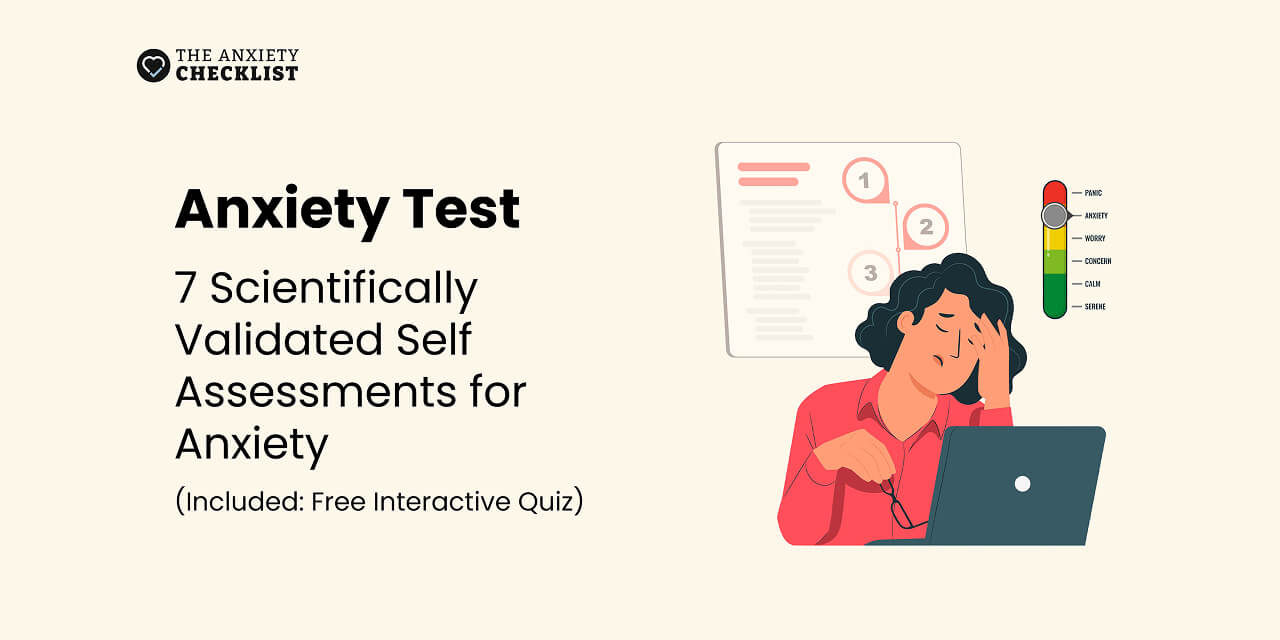
Take an Anxiety Test – Find Out Where You Stand

Advertisement
BetterHelp
BetterHelp makes starting therapy easy. Get a tailored therapist match based on your needs and preferences - in as little as 24 hours!
Enjoy 20% off your first month with code "anxietycheck"

4 million+ Helped
Access Therapy 24/7
Preferred by 94% of users
If you are in a crisis or any other person may be in danger - don't use this site. These resources can provide you with immediate help.



